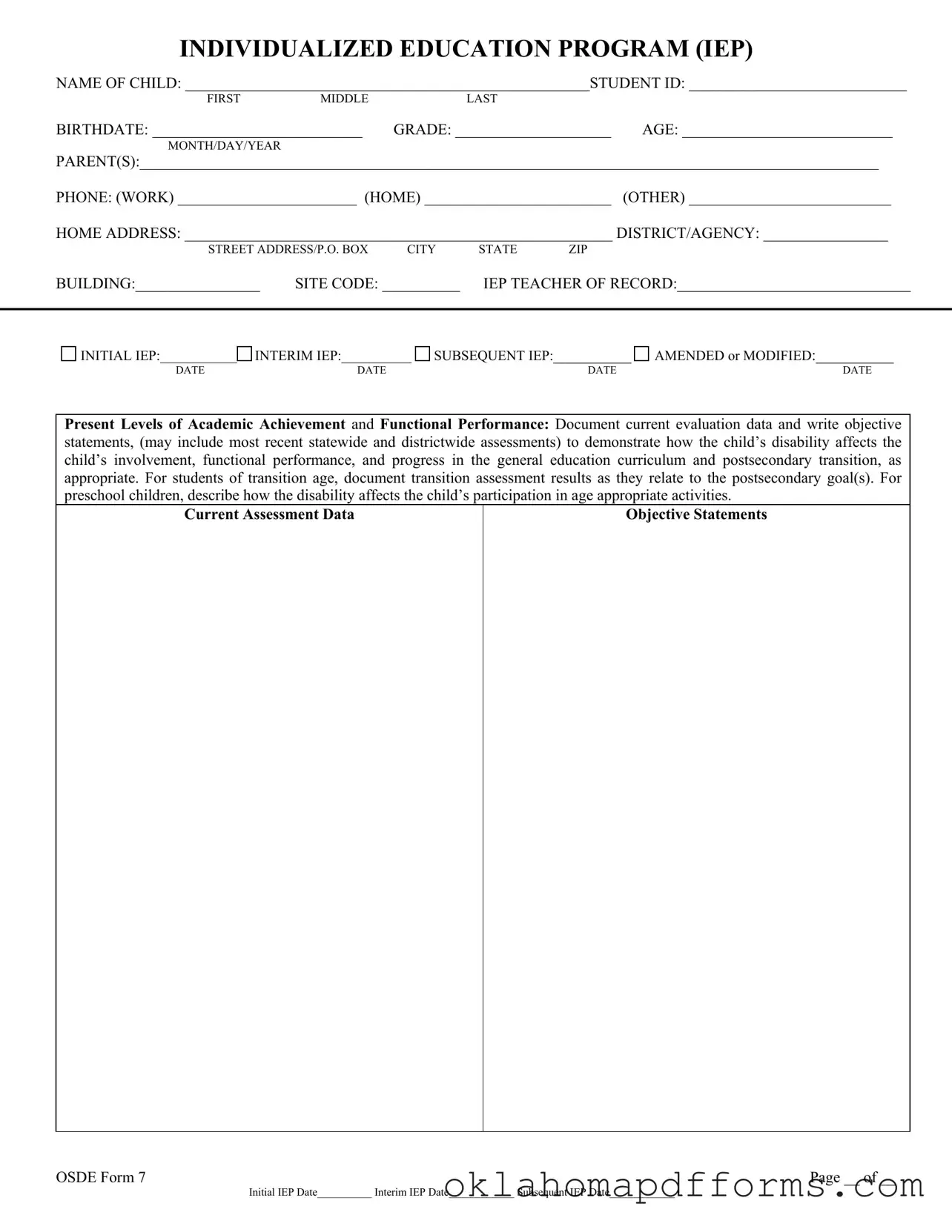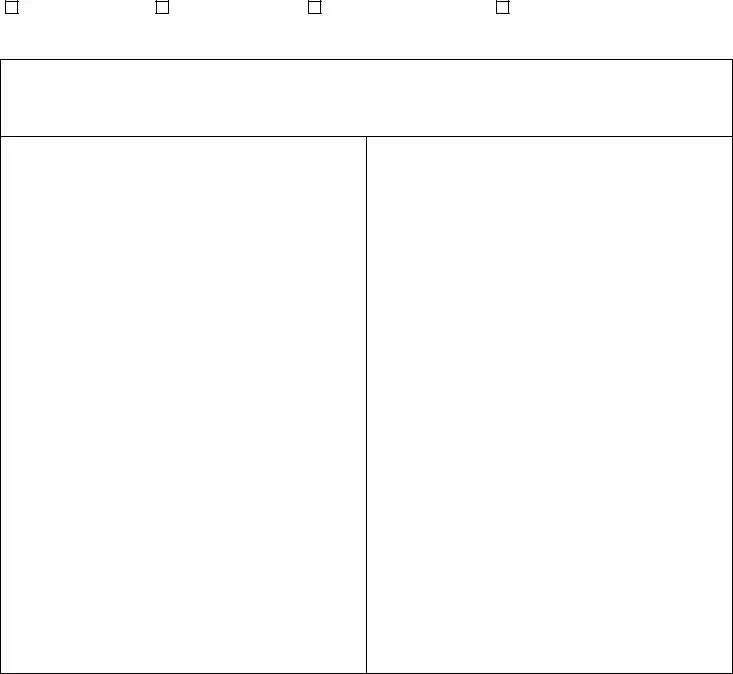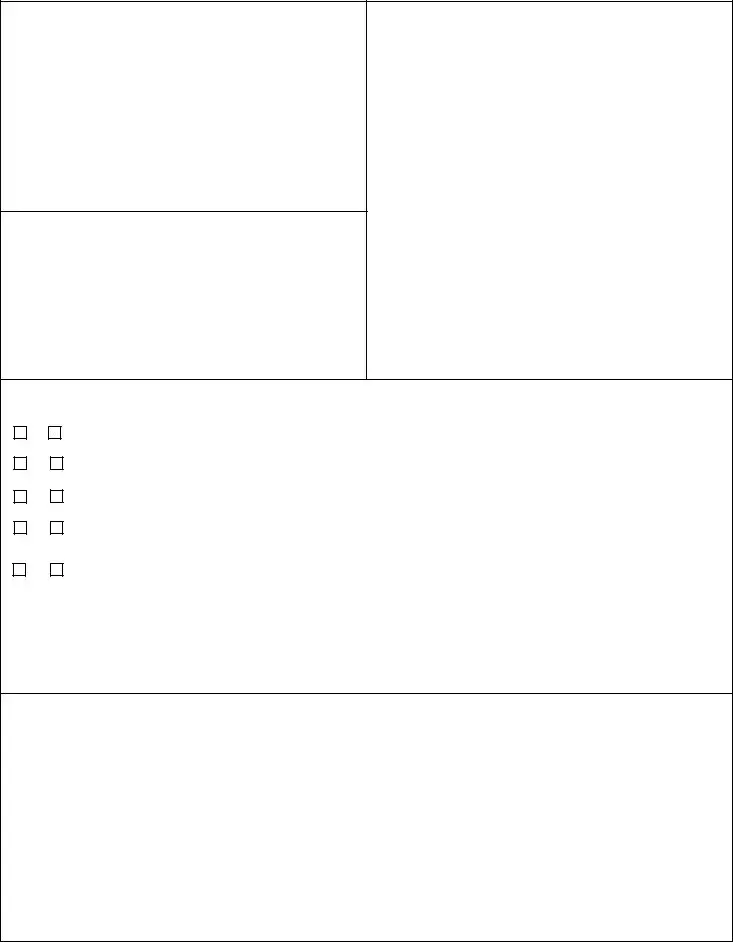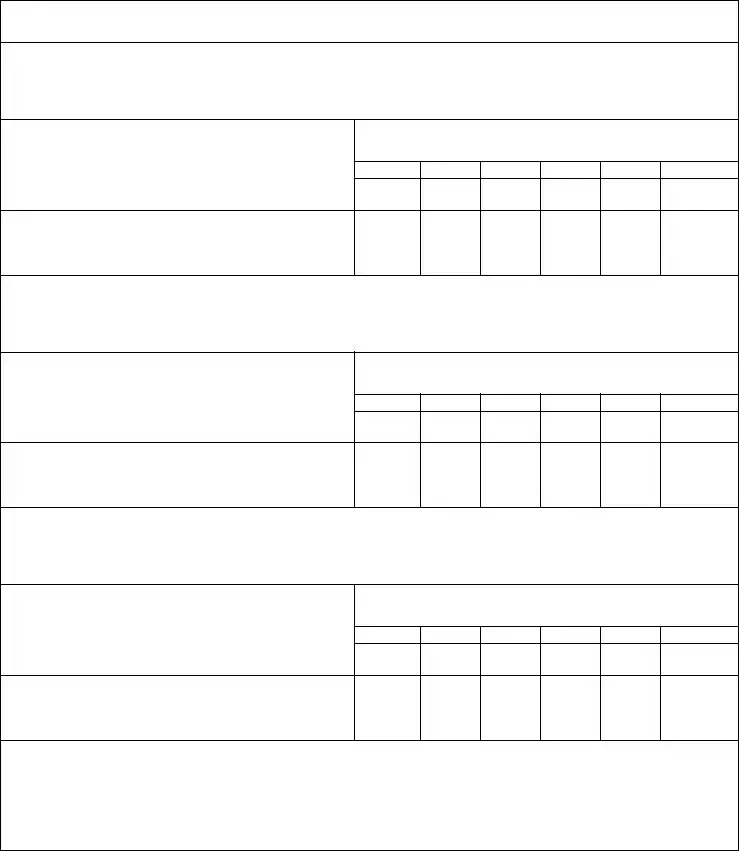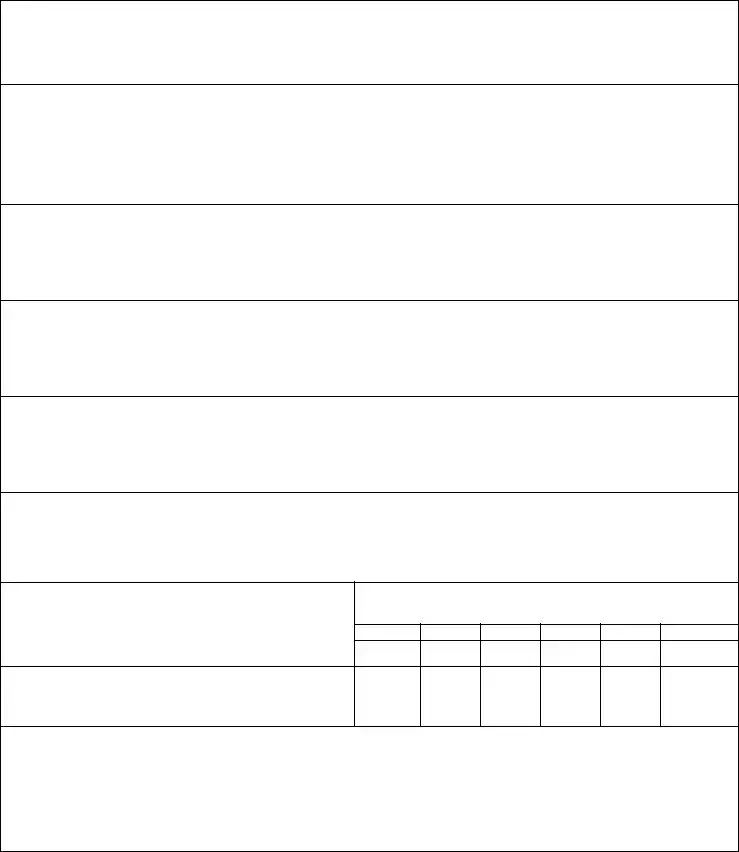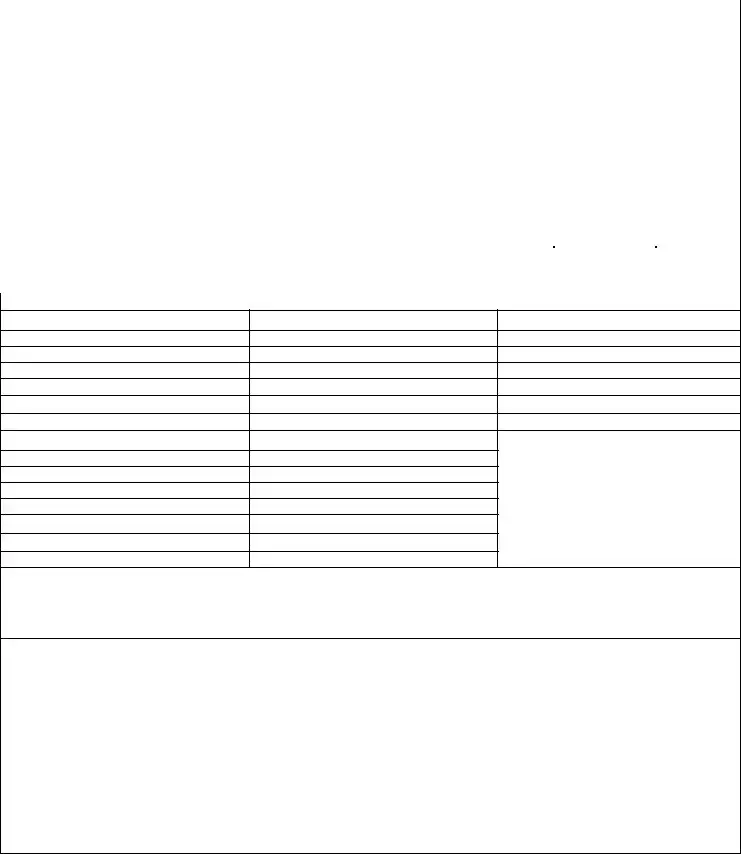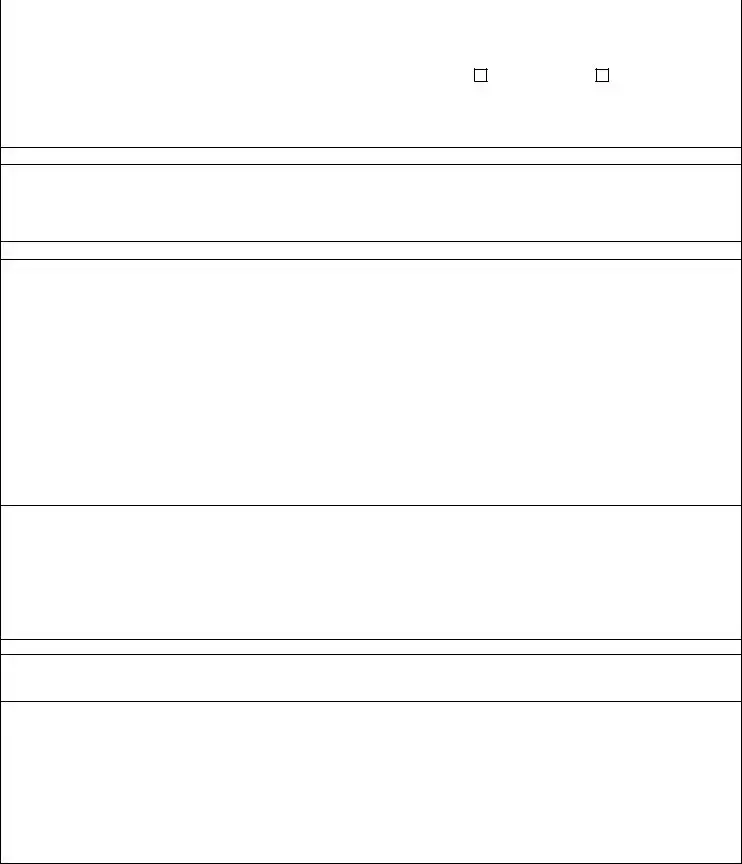IEP – Transition Services Plan – Transition Goals/Course of Study
(Beginning not later than the first IEP developed during the student’s ninth grade year or upon turning 16 years of age, whichever occurs first.)
NAME OF CHILD: |
|
|
|
|
STUDENT ID:_________________________ |
|
FIRST |
MIDDLE |
LAST |
|
|
|
|
|
|
Independent Living Goal(s) (if appropriate) |
|
|
Short-Term Objectives/Benchmarks (as needed) |
|
|
|
|
|
|
|
|
|
Coordinated Activities |
|
|
Responsible Party(ies) |
|
|
|
|
|
|
|
|
|
|
|
Parents are to be informed of progress in annual goals, in addition to general |
|
Extent of progress toward achieving the annual transition goals by |
education academic performance reports. Describe how often this will occur |
|
the end of the year (i.e., one-half, two-thirds, fifty percent, passing |
and what methods will be utilized. |
|
|
grades in general curriculum). |
|
|
|
|
|
|
|
DATE |
DATE |
DATE |
DATE |
DATE |
DATE (ESY) |
|
|
|
|
|
|
|
|
|
|
|
|
|
|
|
|
|
|
How will the extent of progress toward annual goals be measured? |
|
|
|
|
|
|
|
|
|
|
|
|
|
|
|
|
|
|
|
Build a course of study, to be updated annually, to assist the young adult in achieving their postsecondary goal(s):
Grade __________ |
Grade __________ |
Grade __________ |
Grade __________ |
Grade ___________ |
Projected date of graduation/program completion and type:
______________________________________
______________________________________
Standard Diploma
General Education Development (GED) Other _____________________________
In planning the course of study, is information needed regarding opportunities for vocational education (e.g., high school vocational education courses, school-based training, work study programs, technology education, or area career technology center programs)?
Yes No
If yes, document date(s) when information was provided to young adult and parent(s). Date: ______________________
By age 16, the young adult has been referred to the vocational rehabilitation counselor in the young adult’s school district.
Yes No
Person responsible for the referral: __________________________________________Date:__________________________________
Name of the Vocational Rehabilitation Counselor: ____________________________________________________________________
Have the young adult and parent(s) been provided a copy of the referral form? Yes No
If no, explain why. _____________________________________________________________________________________________
If yes, explain how. ____________________________________________________________________________________________
By age 17, have young adult and parent(s) been informed of any transfer of rights at age of majority? Yes No
If no explain why: _____________________________________________________________________________________________
Comments: __________________________________________________________________________________
OSDE Form 7 |
Page __ of __ |
